Accounting & Financial Management in Organizational Decision Making
VerifiedAdded on 2023/06/13
|7
|1806
|386
Report
AI Summary
This report provides an overview of accounting and financial management within organizations, emphasizing their crucial roles in reporting and decision-making processes. It explains accounting as a measurement tool for planning budgets and making informed decisions, while financial management focuses on efficiently managing acquired funds to maximize profits and provide a transparent financial picture for investors. The report details various accounting categories, such as cost, management, and financial accounting, and highlights the importance of financial management in optimizing resource utilization and enhancing profitability. Furthermore, it discusses how accounting and financial management aid in preparing reports that offer insights into a company's financial health, investment strategies, and future plans, benefiting both internal and external stakeholders. The report also outlines the key elements and structure of financial statements, including liabilities, assets, equity, expenses, and revenue, along with essential components like the income statement, statement of owner's equity, and balance sheet. The conclusion underscores the significance of these practices in achieving competitive advantages and driving organizational success.
1 out of 7

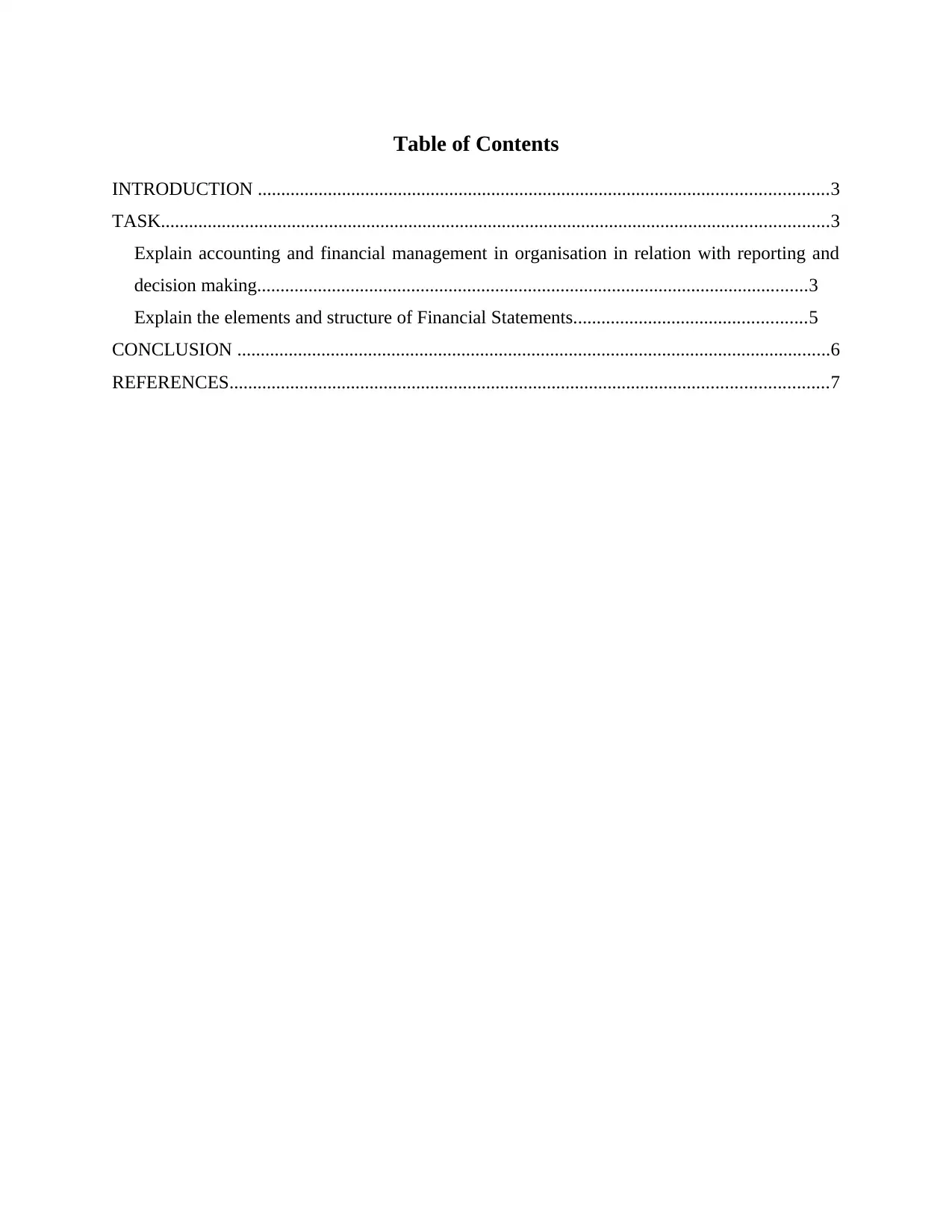
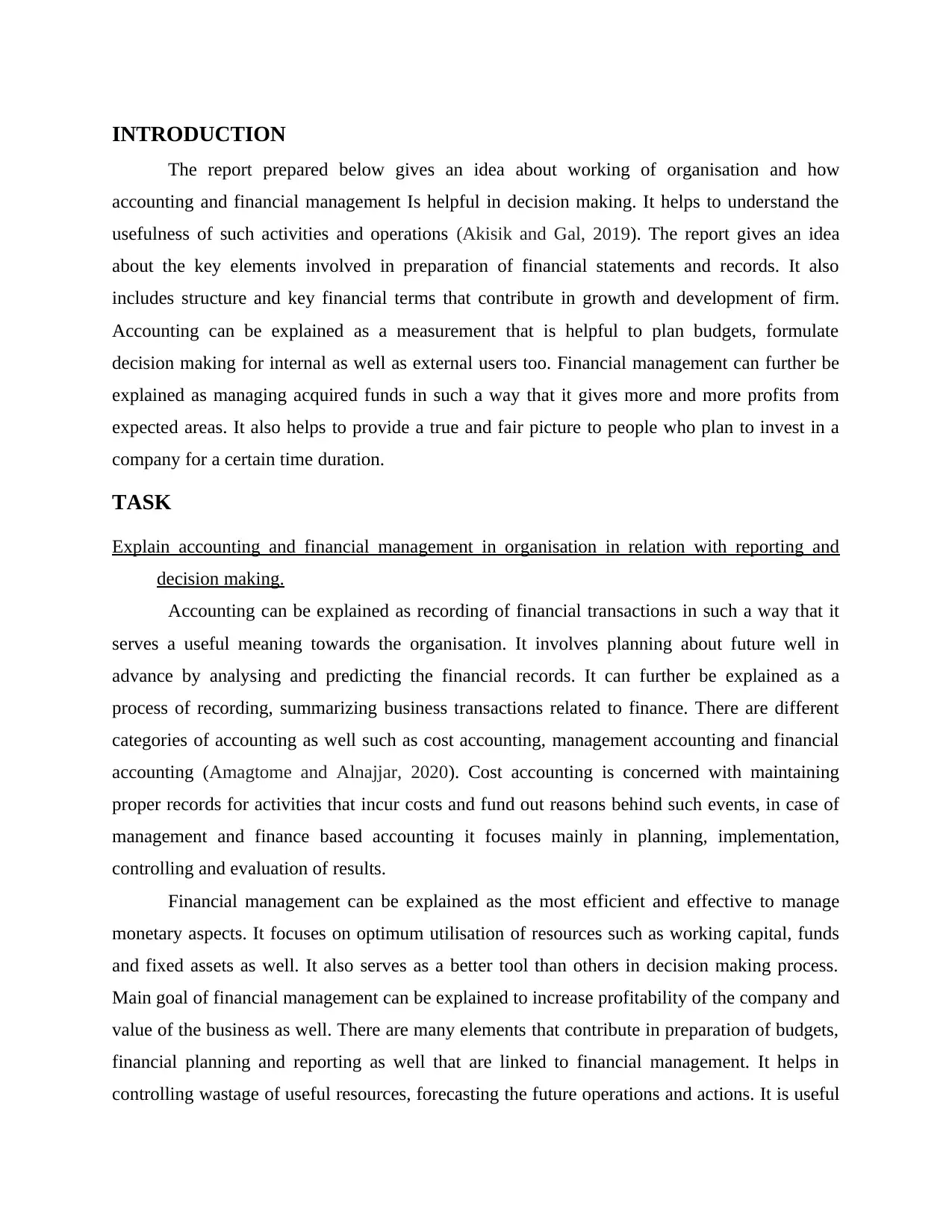
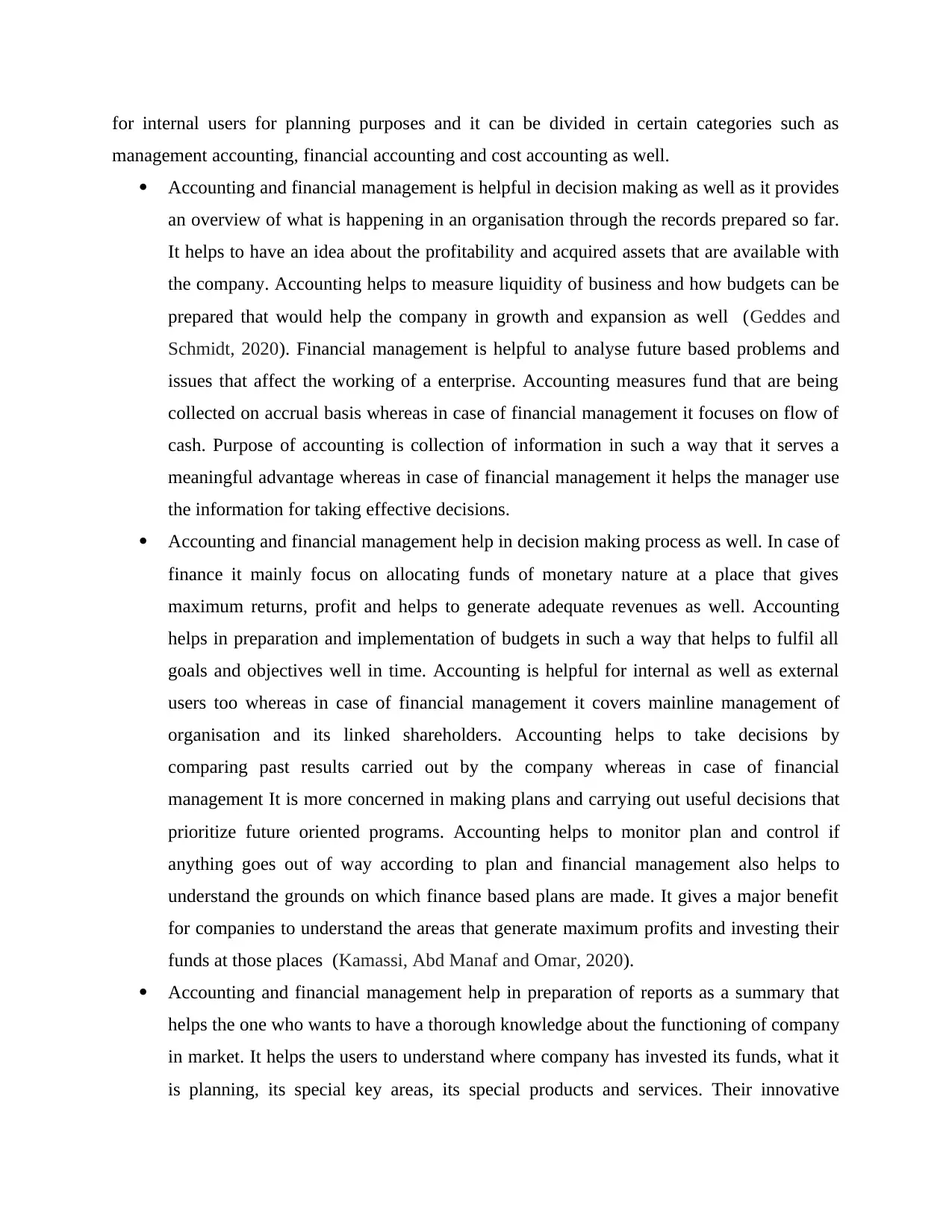
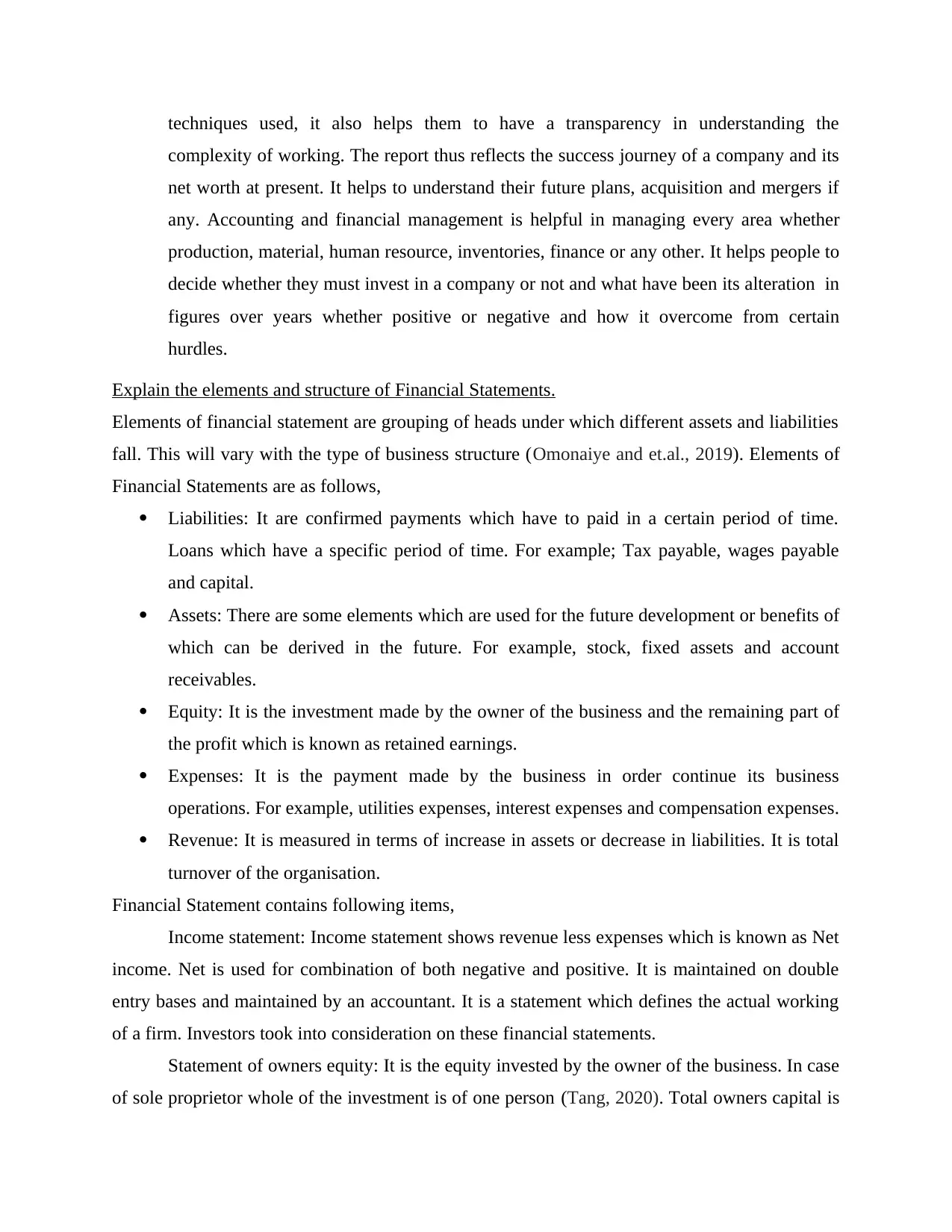
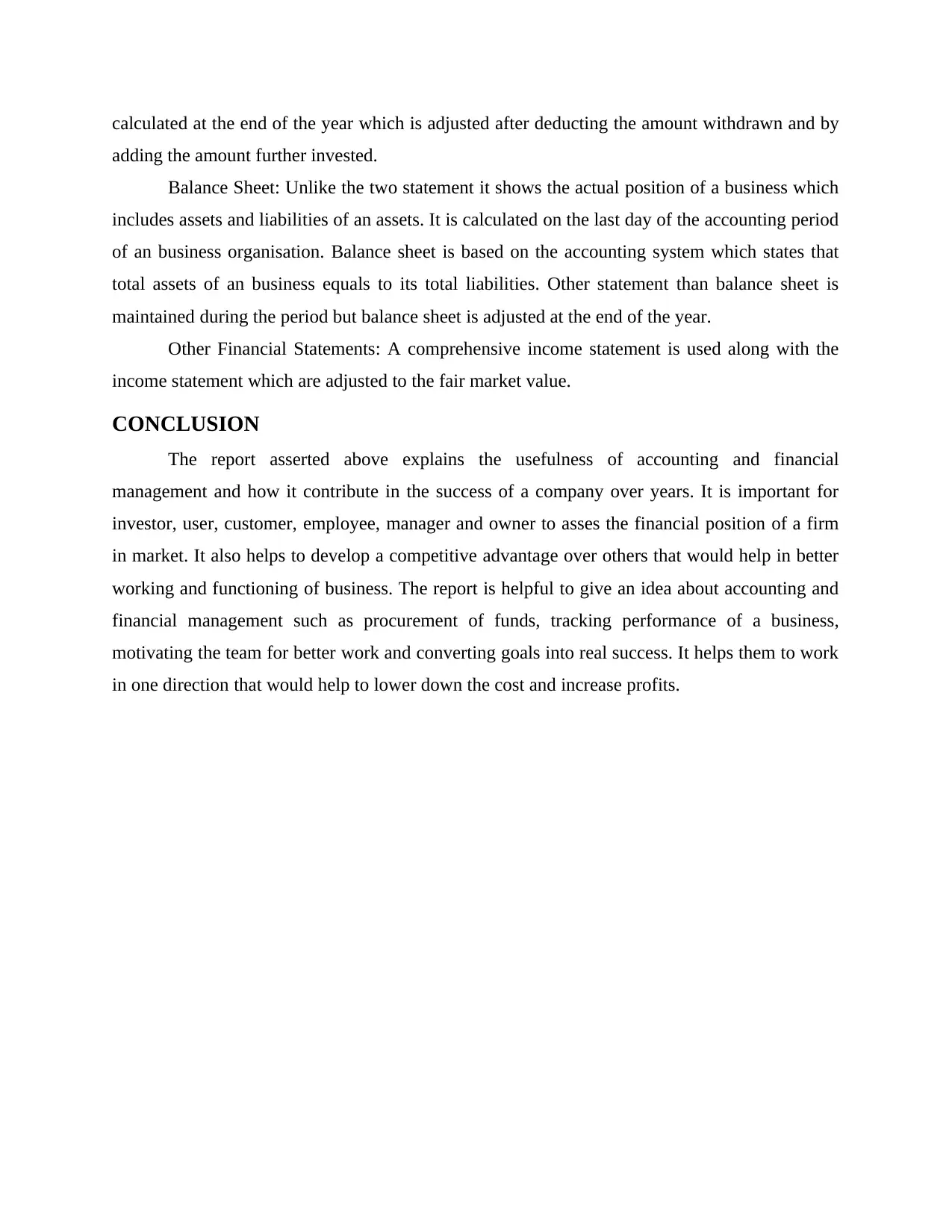
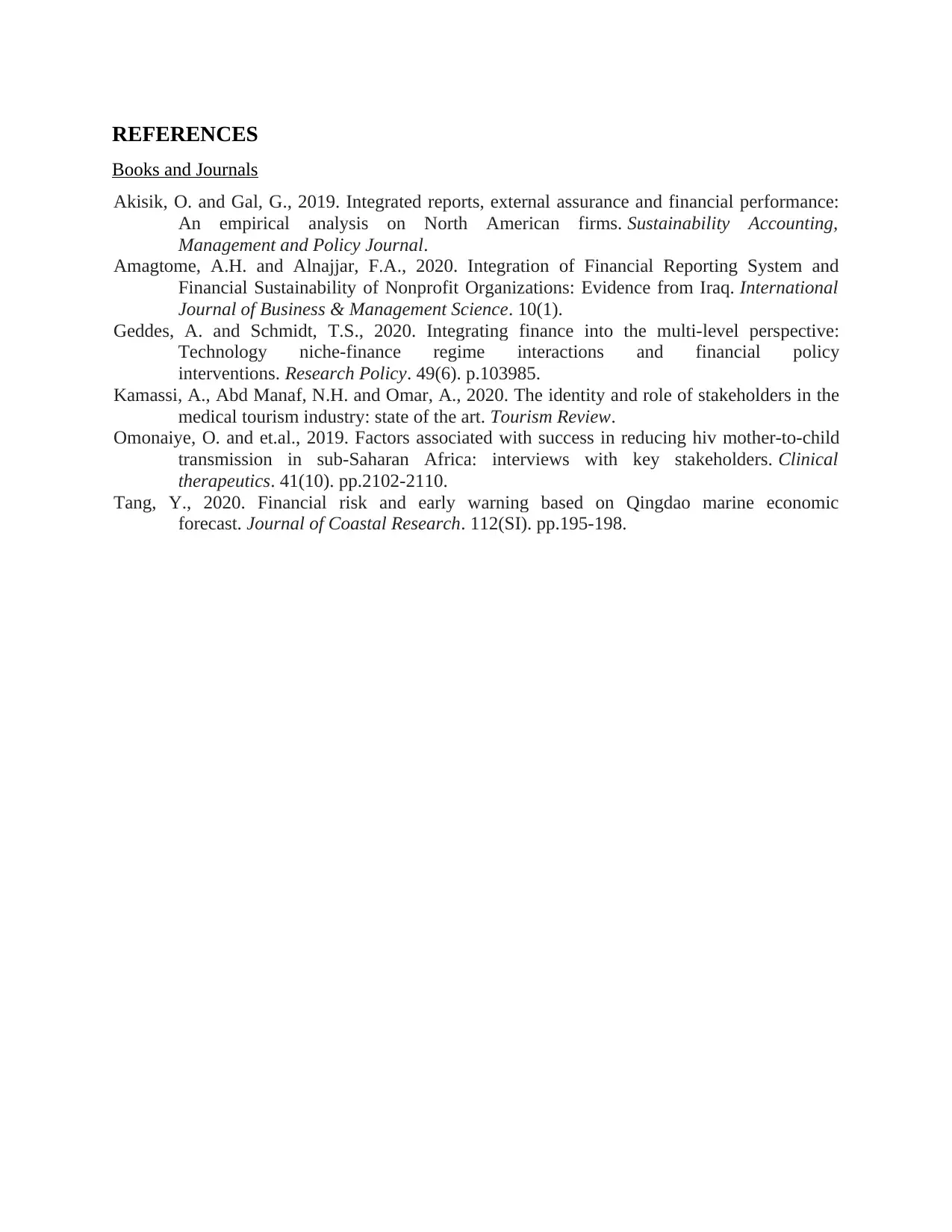






![[object Object]](/_next/static/media/star-bottom.7253800d.svg)